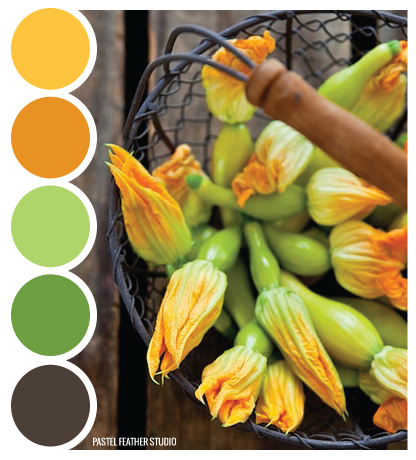

- ANDROID STUDIO TIME PALETTE HOW TO
- ANDROID STUDIO TIME PALETTE PATCH
- ANDROID STUDIO TIME PALETTE ANDROID
This is useful when examining files that are created by your app or if you want to transfer files to and from a device.
ANDROID STUDIO TIME PALETTE ANDROID
The Device File Explorer allows you to view, copy, and delete files on an Android device. Right-click on a top level Gradle task and select the Open Gradle Config menu option to load the Gradle build file for the current project into the editor. The window lists the tasks that are involved in compiling the various elements of the project into an executable application. The Gradle tool window provides a view onto the Gradle tasks that make up the project build configuration. They are: Gradle and Device File Explorer, here is a quick run down of what the main ones do, starting from the top: Tool window bar on right margin Take a look at the vertical bar, a bit further to the right and notice that there are two Tool Buttons on that bar. Although the screenshot shows a code file in the editor, when we select a layout file to open, the editor window transforms itself into a design studio. Here we will spend the majority of our time.

We can add a file to the editor tabs by double-clicking on them in the project explorer. Note that there are more files in our project than are shown in the editor tabs. We can click on a tab to see its contents in the editor window. It shows us the location of the file that is currently open in the editor window within our project and allows us to quickly navigate to a file or folder.
ANDROID STUDIO TIME PALETTE PATCH
Instant Run: This button attempts to patch your existing app based on whatever changes you made to the project since you last ran it. Run: We click this icon to make the Android Studio build the project and then we can run it on an emulator or on a real device. The Run and Instant Run are the most popular buttons: From here, some of the most commonly used options can be accessed with a single click. To access one of the many quick-launch icons. Menu BarĪs with most applications, we can get to almost any option from here. Let's take a quick look at the different areas that are labeled in the preceding screenshot: 1. It is well worth reading these, as many of them contain really, valuable information that can either save time or enlighten us in some way. Each time you start Android Studio, you will be presented with a Tip of the day message box.


Now, you will go to the MainActivity.java page and build Java code.įirst of all, you will declare a file, which is an extension file. Here, you need to build on the design and write. Now, we can see the Graphical User Interface design. You should choose toolbox and if you want some options (TimePicker,TextView), use the drag and drop method. Now, open your project and you will go to activity_main.xml and afterwards, you will build the design. Now, we can write the activity name and click Finish button. Here, we can add the activity and click Next button. Now, we can select the version of Android - Target Android Devices. Here, you can create your application's name and choose where your project is stored on the location, and click Next button. Now, open Android Studio and you can choose the file, followed by New. If you want to set the time in an Android app, you should follow the steps given below.
ANDROID STUDIO TIME PALETTE HOW TO
This blog explains to how to set the time in an Android app, using TimePicker in Android Studio.


 0 kommentar(er)
0 kommentar(er)
